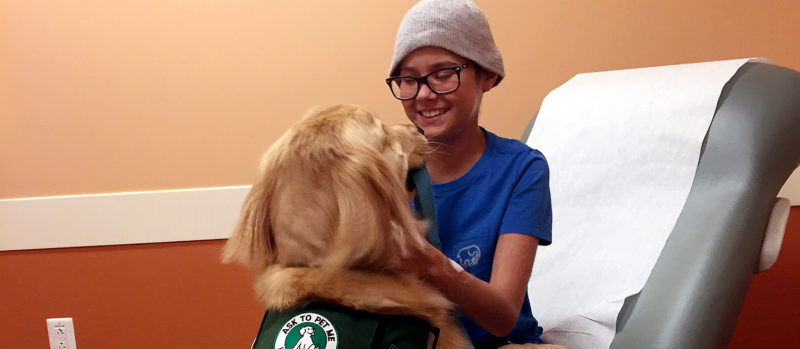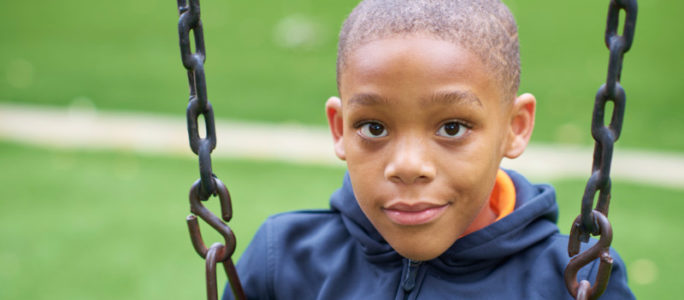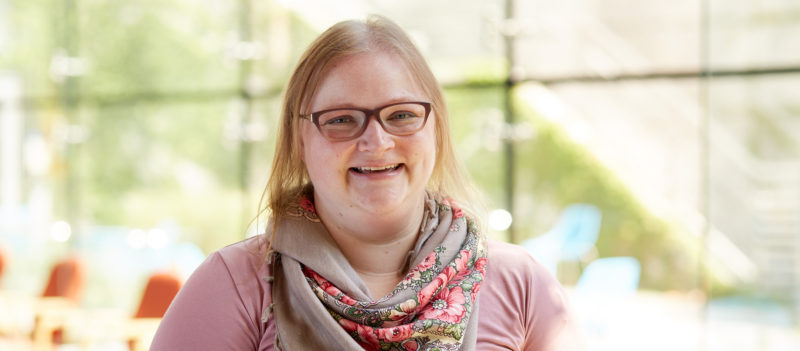Ten years ago, on a night like any other, the mother of a patient in our pediatric intensive care unit (PICU) asked me for a sleeper chair to stay overnight with her two-year-old daughter, Katie, who had just undergone a major surgery to remove a cancerous abdominal tumor. Anne, Katie’s mom, didn’t want to leave her daughter’s side.
At that time, we didn’t have sleeper chairs in the critical care areas, as there was a perception that extra family members and furniture could possibly get in the way of patient care delivery. Katie was in a critical state that night and Anne had no plans to leave her daughter’s side.
Watching Anne’s tenderness, love and dedication to her daughter that night really struck a chord with me. My daughter is only 15 months younger than Katie and I realized that if I was in her situation, I would want to be with my daughter through the night too. So our team found a sleeper chair and put it in Katie’s room.
Anne’s request, which seemed out of the ordinary at the time, provided us an amazing amount of insight. It identified an area of care that we had been overlooking – care and comfort for the patient’s family.
We immediately questioned how much more we could do to help families at the bedside. How could we better accommodate them?
We began working with Anne and other members of their family to determine how we could help parents in their time of need and make it easier for them to provide parental care for their children while we were providing medical care.
Within a couple of weeks, every critical care room had a sleeper chair in it.
Not long after, a Patient Advisory Council (PAC) was formed to allow patients and families to have a voice in hospital-wide decisions. The PAC was, and continues to be, made up of families, staff and members of the board of trustees. Its existence over the last decade has allowed many voices to be considered in decisions, which has shaped the family-centered care that we practice today.
While Katie did not survive the cancer diagnosis that started this journey, she has made a lasting impression on Cincinnati Children’s, both in her family’s dedication to improvement and a visual reminder of the impact that one child can make on the world.
Shortly after Katie passed away, her mom commissioned a local artist to create a jungle-themed mural, known as “Katie’s Kingdom,” to enliven the previous Cancer and Blood Diseases Institute (CBDI) clinic space on A5. That artwork was such a part of the clinic and CBDI, it was used as the inspiration for the design of the recently renovated clinic spaces, now located on A1. Anne and I explain how this came about in a recent Tell Me A Story.
Today, family-centered care is so ingrained in our every day delivery of care that it’s hard to think back 10 years ago to Katie’s stay in the PICU. Katie and Anne, who is now the patient experience officer at Cincinnati Children’s, were really the change-agents for what is now our current state of family-centered care. The Institute for Patient- and Family-Centered Care’s website has a nice profile of the Cincinnati Children’s journey, if you’d like to read more about how we got to where we are.
I am proud of the care that we provide to our patients and their families and am grateful to have had the opportunity to know Katie and to be a part of this journey. I truly believe that we are better at this today than we were ten years ago and it’s insight from parents like Anne that helps us understand that the best care for our patients goes beyond medicine.





